I’m a huge fan of composting. It has so many positive aspects because it’s a simple way to reduce solid waste, decrease your city’s carbon emissions, and minimize your dependence on landfills.
In addition, it’s totally free, and it’s a good way to self-produce a high-quality soil amendment for your beloved plants.
If you use your compost in the right way, your plants will also be healthy, and you’ll use way less pesticides and synthetic fertilizers.
However, I have to admit that composting requires careful practice to get it right.
At the beginning, it can feel a bit complicated for some newbie gardeners, but the important thing is to choose the right method that suits your yard space and what you need the compost for.
Below, I will outline the most common ones and also my personal favorites.
Traditional Open-Air Composting
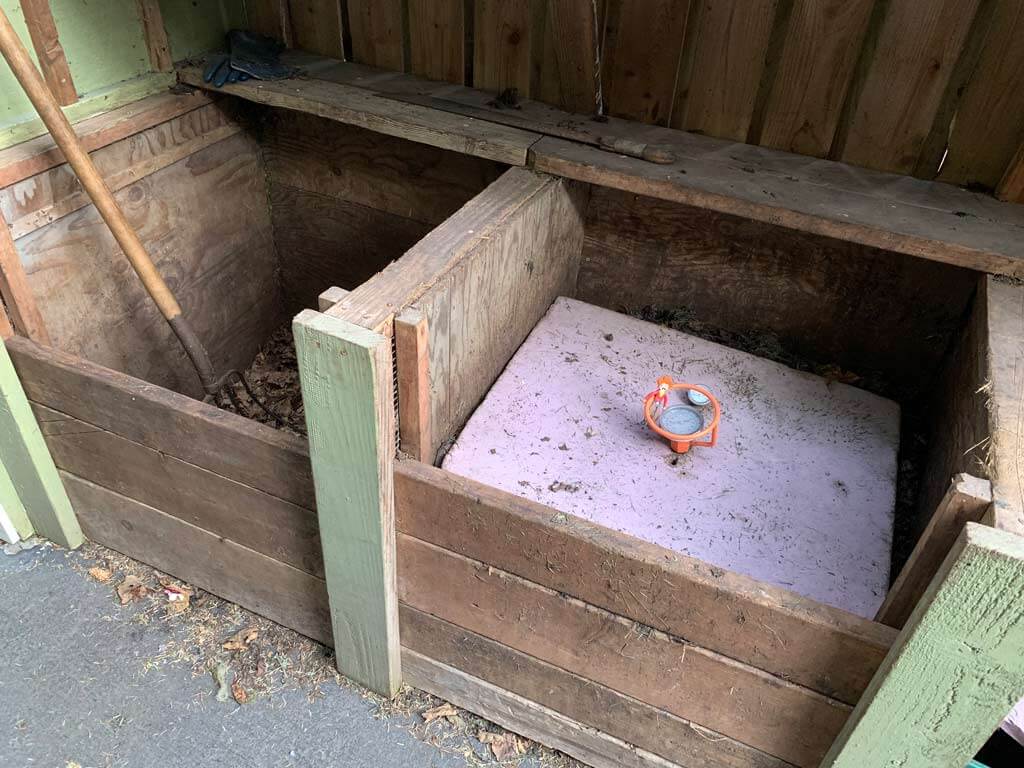
As you probably already know, open-air composting is one of the simplest and cheapest ways to recycle waste into organic fertilizer for your garden.
I also call it “on-site” composting, because this method literally involves piling trash in one designated area of your yard.
It’s cheap because it doesn’t require compost bins, and this makes it ideal for beginners. It basically relies on microbial activity to generate heat and help decompose the organic material.
Many people prefer this method as it’s easy to set up and maintain, not to mention that it also generates rich compost relatively quickly.
However, it does require frequent watering and turning, and may produce odors that attract pests (that I don’t particularly like).
Hot Bin Composting
Hot composting is a more proactive approach, and with a little bit of work, you can turn your scraps and waste into perfect soil amendment faster.
You’ll need a bin (usually made from wood or shipping pallets) that’s at least four feet high and four feet wide, set in an area that receives full sun.
With hot composting, you want the right ratio of nitrogen to carbon, ideally one nitrogen per 25 parts of carbon.
Hot bins can decompose anything from food to dairy items. However, you want carbon-rich scraps (straw, corn stalks, dried leaves, etc.) and nitrogen-rich ingredients (fruits, veggies, grass clippings, animal manure).
And remember that the hot bin should maintain a temperature of between 135°F (57°C) and 160°F (71°C). You can do this by turning and managing moisture.
Tumbler Composting
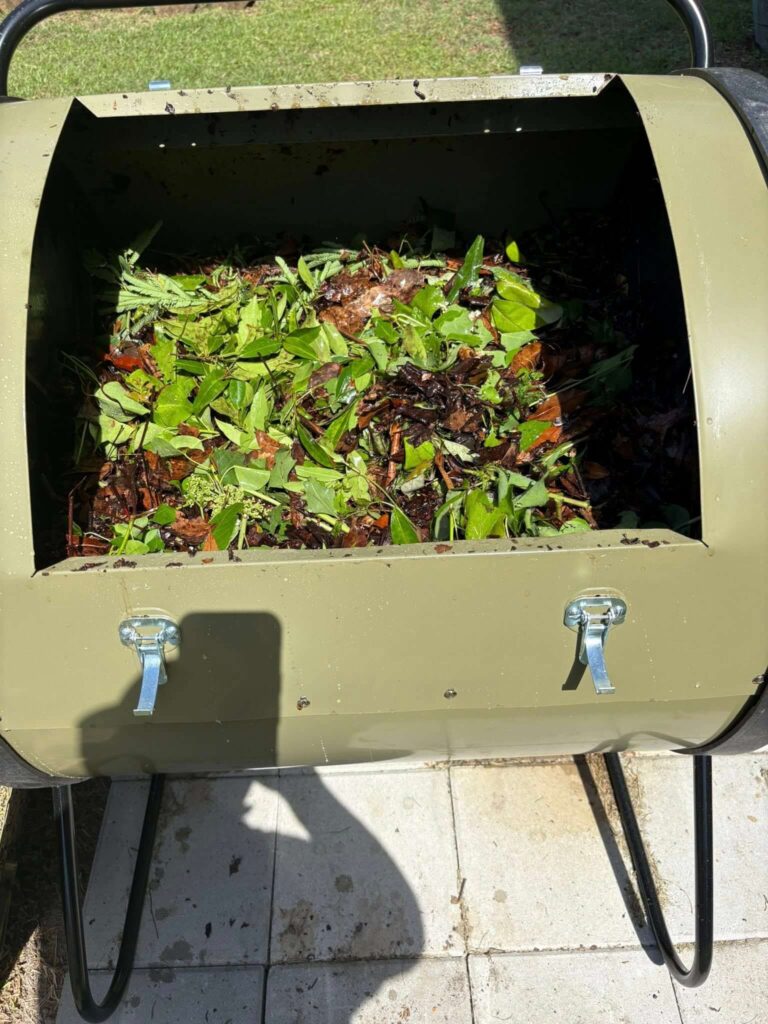
It’s exactly as it sounds. Tumbler composting uses a tumbler that you turn with a handle, saving you time and a lot of back pain from shoveling scraps.
It basically works like a bin composter, but is designed for convenient turning.
It helps quickly add the optimal amount of oxygen to the waste pile and facilitates faster decomposition.
I would definitely recommend it if you are elderly or have back problems. I gave one to my grandma for Christmas last year and I bought one for myself shortly after. We both love it.
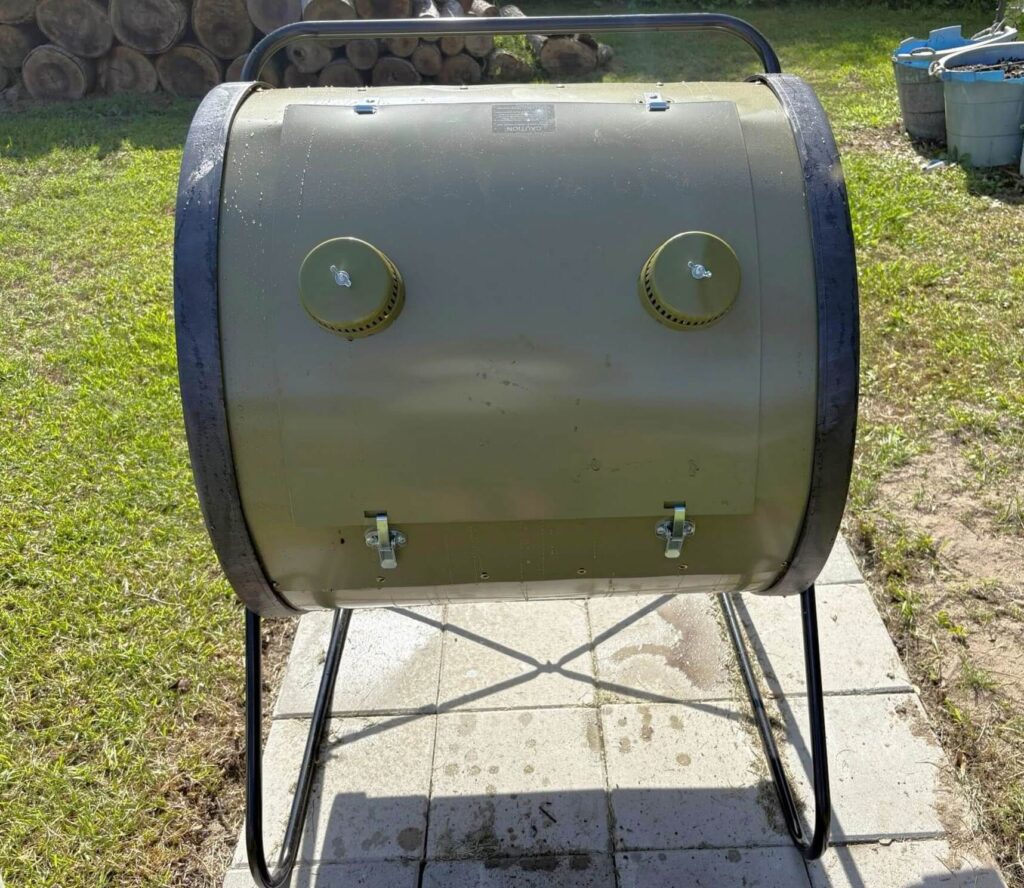
Direct Composting
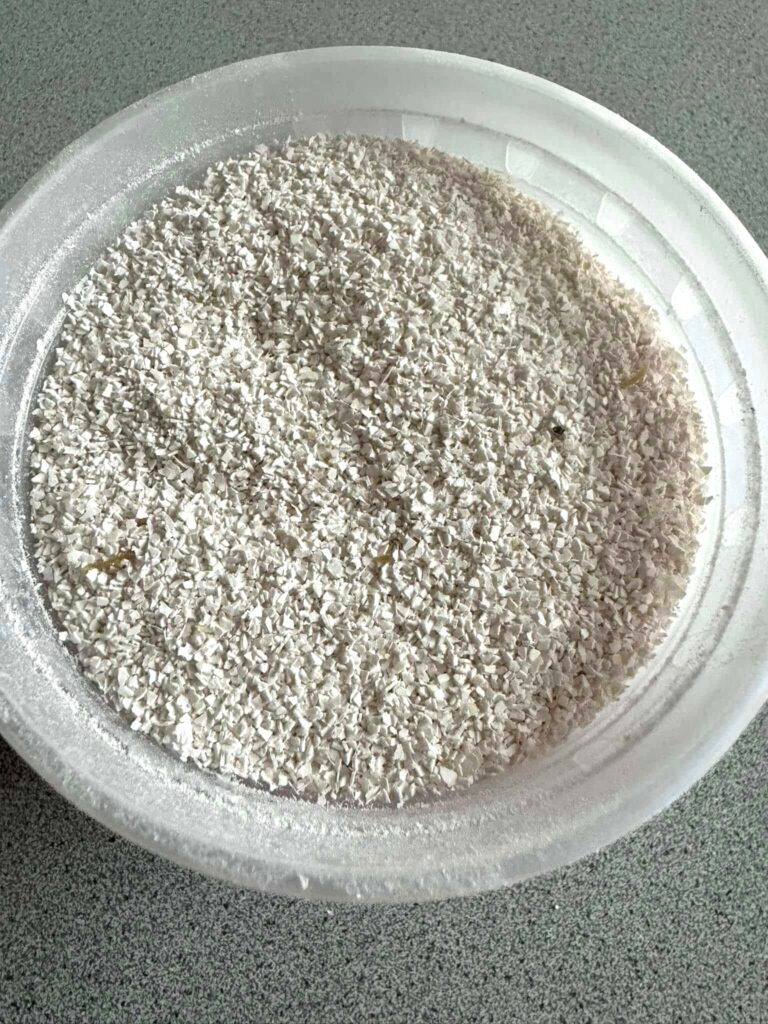
Direct composting, also known as in-ground composting, is another straightforward way to recycle organic matter.
All you have to do is dig a small hole or trench in your yard and place your food scraps or brown material in the pit to decompose naturally. That’s it, no other work needed.
The spot where the waste is buried will have enriched soil that your garden plants will enjoy. Have a look at the list of kitchen scraps you can use.
Vermicomposting
Vermicomposting is a unique way to make compost using worms (usually red wigglers and red worms) to digest food, paper, and other waste.
An interesting thing is that, besides decomposition, the worms enrich the soil by aerating it and leaving behind beneficial castings.
You’ll need a specific container to nurture and prevent your worms from escaping, but they produce some of the most versatile compost suitable for many kinds of plants.
I don’t use this method because I don’t like worms, and they kind of gross me out, but if you don’t have problems in that sense, it can be a good alternative.
EMO Composting
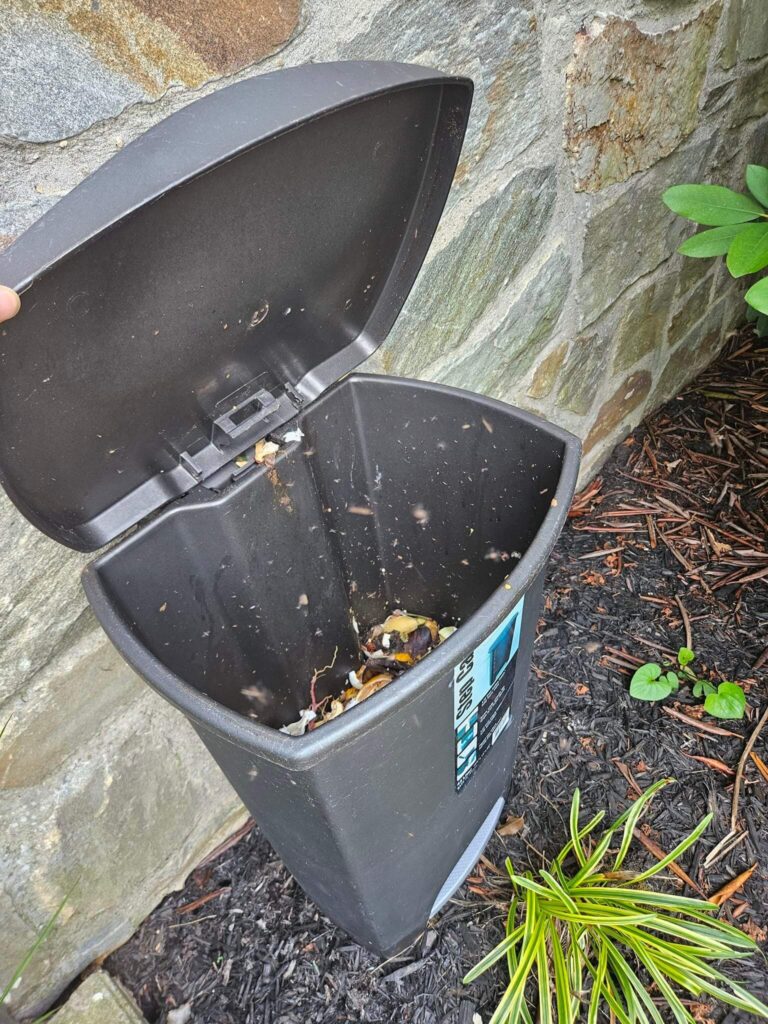
If you live in urban areas with little space to spare, EMO (effective microorganism) composting is a good way to compost indoors.
EMO basically uses a two-bin setup. You should have one bin for food scraps and one for other materials.
The size of the bins depends on the available space. If you don’t have a lot of space, they can be small, let’s say, like your kitchen sink allows.
The positive thing is that the waste pile won’t require turning or temperature management. Instead, it uses a blend of wheat bran and beneficial microorganisms, such as yeasts, to boost decomposition.
The most common product of this method is the Bokashi system. You can easily purchase it online, but I’ve also seen it in the largest gardening centers.
Hügelkultur Composting
If you have the energy, time, and space to spare, Hügelkultur is an ancient yet practical way to make compost.
Hügelkultur means “mound culture” in German. It involves burying tree leaves, branches, and logs and topping them with a compost-soil mixture.
The buried organic waste decomposes more slowly, infusing valuable nutrients into the soil for a long time.
It’s mostly used for garden beds because you can create a lasagna alternating logs or branches with compostable material. And of course, topped with a thick layer of soil.
Of course, remember also to avoid the the most common mistakes gardeners make with raised beds.

